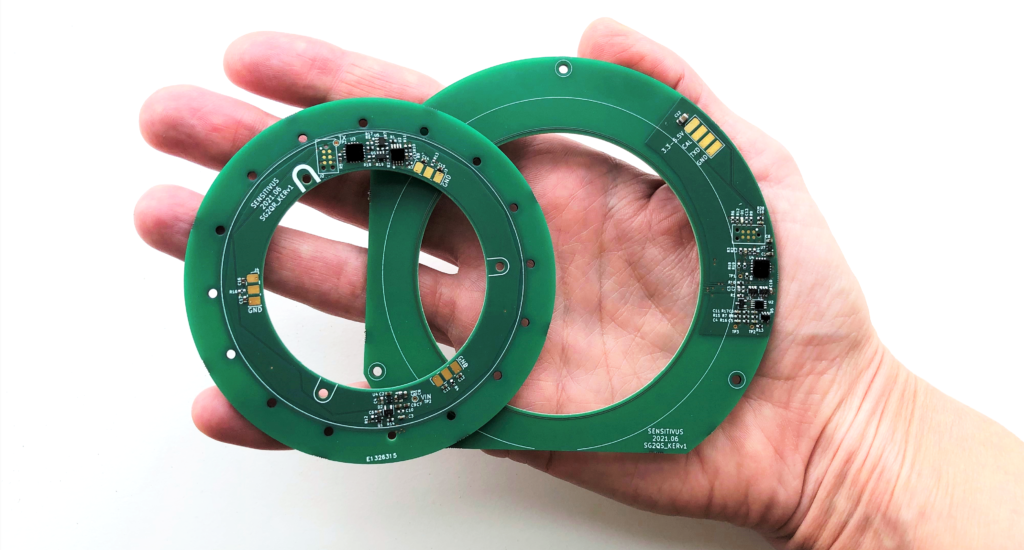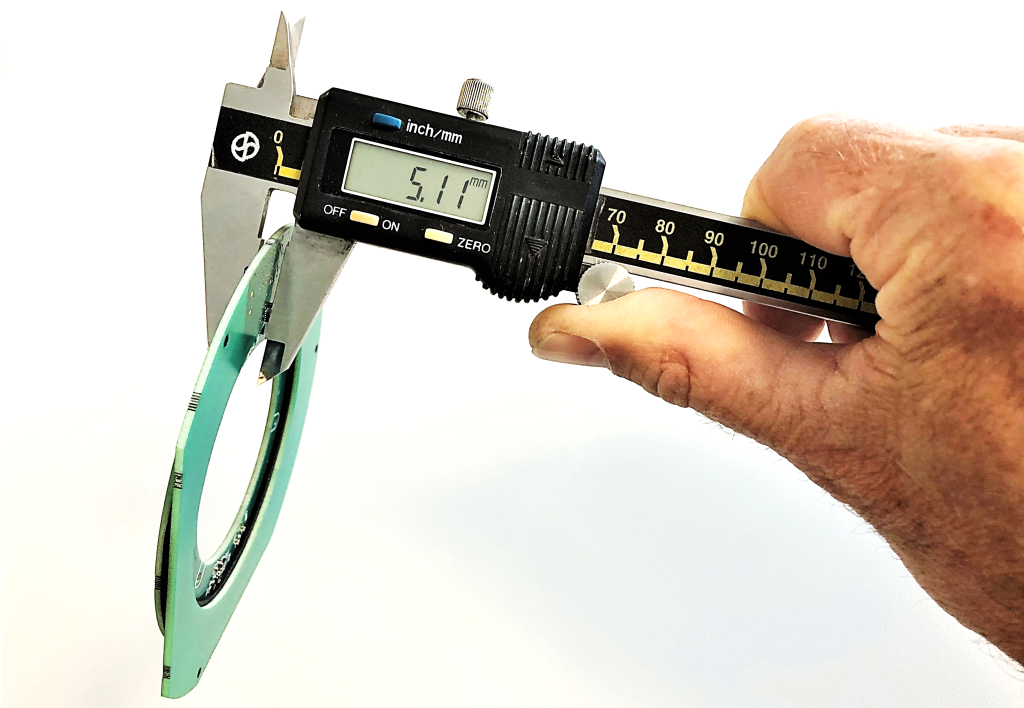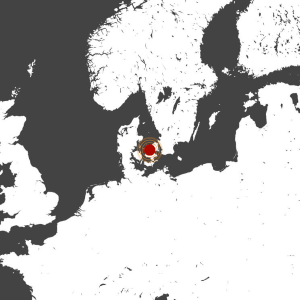
CASE STUDY: SLIM WIRELESS TORQUE SENSOR
The Canadian company supplying drivetrains and electronics for the bike industry was looking for a wireless torque sensor that would be super slim to fit into their mid-drive gearbox/motor unit. Their high-end powertrain solution has a quite unique design in order to optimize the weight/performance ratio in a very compact unit featuring electronic automatic shifting.
As a high-end solution, having a responsive torque sensor was a must. The automatic shifting requires the controller to know exactly when to shift gears when the torque is at a minimum. Challenge number one was the need for a very slim profile torque sensor. Only about 6 mm of space was available between the outer wall of the gearbox and the inner gear wheel.
SOLUTION: CUSTOMIZED TO 5.1MM WIDTH

After the exchange of a 3D model describing the slim area, we designed a set of PCBs to fit it. One stationary and one rotating. We defined optimal interfaces and cable routing based on the power input system requirements. In total, about 6 mm of space was available in width. Air gap requirements were from 0.5 mm to 1.6 mm.
To ensure the best possible signal from the strain gauges, we conducted a simulation of the stress on the load with a torque of 200 Nm at the crankshaft spindle. For cadence 8 magnets were mounted on the PCB while keeping space for 16 magnets in total providing 32 steps per revolution with an upgrade path to 64 steps if needed. This would be determined through actual ride testing as both solutions are okay for the various regulations on e-bikes.
The wireless ROTOR receives power and transmits torque in a digital format through an inductive mechanism to the STATOR. The STATOR connects to the system power supply and interfaces through a simple serial interface to the bike controller.
CONCLUSION: WIDTH OPTIMIZED SOLUTION
In close collaboration, we found the best strain gauge-based solution with low power consumption in a compact design. The Canadian company can now deliver highly reliable, optimized drive units with the gearbox to different customers and contribute to the improvement of convenient high-end e-bikes.
If you want to understand why we have selected a wireless torque sensor based on strain gauges as the best solution for this customer, please see the full e-bike torque sensor technology comparison.
STATUS: PROTOTYPE
Get in touch below so we can start discussing how to customize this technology to fit your application.
Or maybe learn that one of the existing customizations is close enough to what your application requires.
 SENSITIVUS GAUGE
SENSITIVUS GAUGE